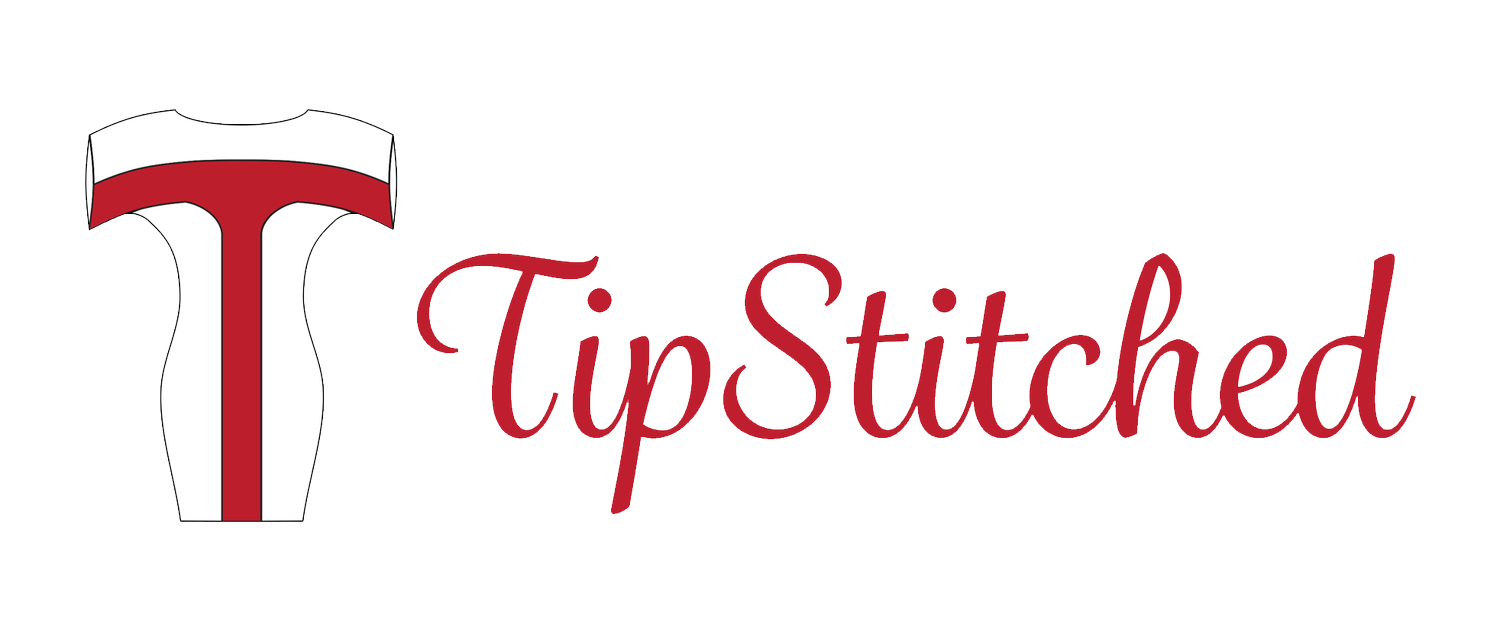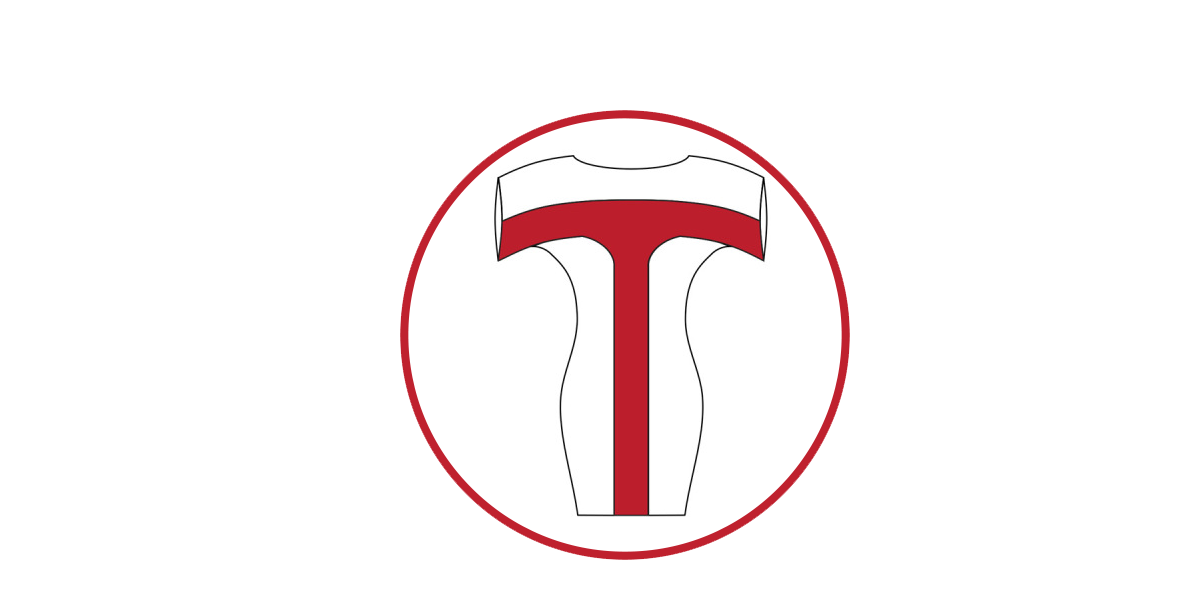A First: French Seams + a Giveaway!
I had the opportunity to sew and style the Crystal Cove Cami and Mountain View Pull-on Jeans by Itch to Stitch. See how I styled each piece three ways in my Make It Wear It post on Itch to Stitch blog. Read on to learn about my first experience with french seams.
Kennis was kind enough to provide coupon code good for ANY of her patterns for me to giveaway. So comment below with your favorite seam finish to win a free Itch to Stitch pattern!
photogrid_15635475218283478906787901688034.jpg
I don't know that I've purposely avoided french seams, but this is my first project trying the technique. Typically I serge my seams, mostly because I prefer to work with knits and a serged seam stretches with the fabric. Sometimes when I am working with wovens the garment is lined so that finished edge is protected so that no finishing is truly needed. Other times I just serge the woven seams because I really don't mind the look of a serged seam in general. I have utilized other finishing techniques like flat felled seams and bias bound (Hong Kong) in the past, but for some reason I never got around to french seams.
I'm not sure why I thought to sew french seams for my recent make of the Crystal Cove Cami by Itch to Stitch. It wasn't due to the fabric as I've sewn this exact crepe from LA Finch Fabrics (in a different colorway) before. It probably had something to do with the fact that are just two seams for this cami. Or maybe the fact that I didn't have any green serger thread.For once I remembered to take photos along the way so I thought I'd share.
Step 1
. Sew your seam with the seam allowance allotted but with wrong sides together. It feels weird, but go with it.
Step 2
. Trim your seam allowance by about half. (I had a 1/2" SA so I cut it down to 1/4").) This is to ensure that no raw edges can be seen past the final stitching line for the seam.
Step 3
. Now flip your fabric so the right side are together and sew a hair wider than half your seam allowance so that you capture all of the seam allowance inside the seam.you now have a little flap of seam on the wrong side of your fabric.
Step 4
. You're done your outside seams looks like any seam!
*You could also topstitch the french seam to tack it down.
That's it! It was actually very simple on this top, though I could see it getting trickier for curved seams. Sure you have to sew each seam twice, but if I had used my serger I would have had to sew then serge and that requires swapping machines so technically the french seams were quicker. I'm not 100% sure I'll use french seams for all projects, but I will definitely use it for light weight fabric garments that aren't lined going forward. Don't forget to share your favorite way to finish seams for a chance to win a free pattern! And go check out my Itch to Stitch makes and snag coupons codes for LA Finch Fabrics and Simply by Ti here!




